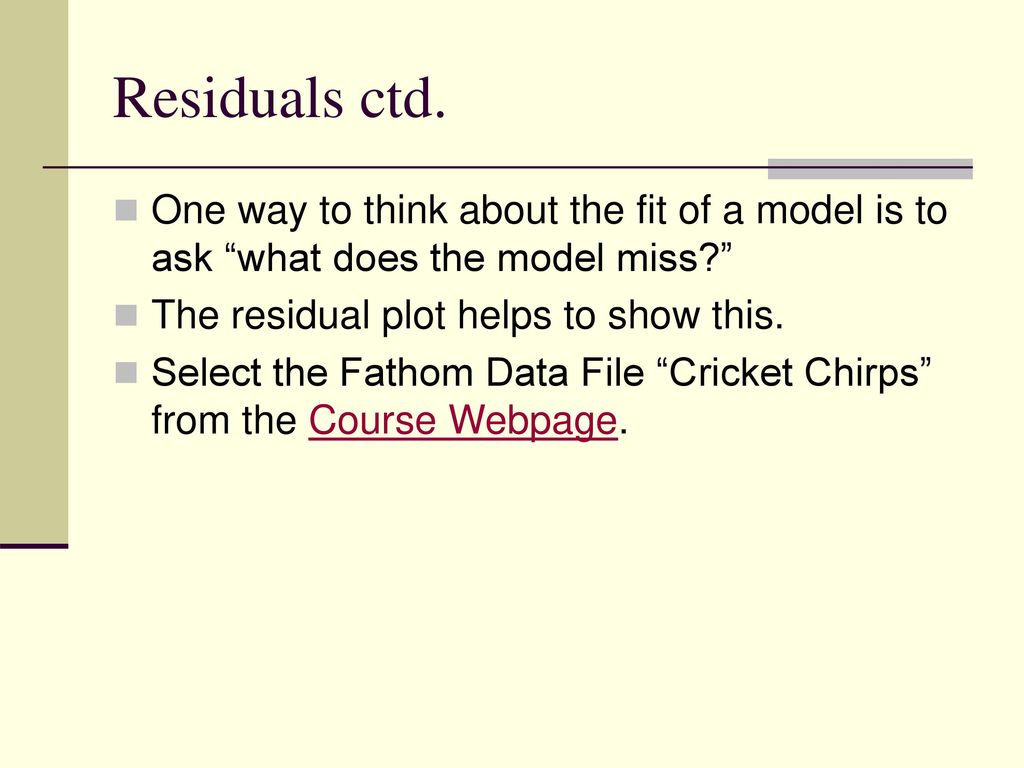

Quadratic functions in vertex form: y = a (x – h) 2 + k.Linear functions in slope-intercept form: y = mx + b.Computers with Internet access and software with which to fit models ( e.g., Fathom, MS Excel.).Mathematics (Advanced Functions) Duration Grade 11 and 12, (recapitulation of all function types) Research social, political, and economic reasons that may explain the different patterns followed by the data in different periods.Fit the equations of linear, quadratic, and exponential functions to a scatter plot using an informal process and using technology.

Explain the role of particular variables within linear, quadratic, and exponential functions.Use difference tables and r 2 values to determine what equation type best represents the data.Through investigation, determine the relationships between the graphs and the equations of linear, quadratic, and exponential functions.Collect secondary data that may be represented by a sequence of linear, quadratic, and exponential functions combined in a piecewise manner over time.Students will provide evidence for their choice of function type for each time period using difference tables and analysis of r 2 values and residuals.Ĭontributor: Jennifer Hall, Statistics Canada By applying function models to different periods, students will realize that Canada's federal debt is best modelled by a series of different function types. Students will then work in small groups to analyze the data for separate time periods.

The class will first analyze data on the federal debt from 1867 to 2008 and then model them with a mathematical function. In this lesson, students will extract data on Canada's federal debt from Statistics Canada's E-STAT database. Home > Learning resources > Resources by school subject > Mathematics > Grades 9 to 12 > Piecewise modeling with multiple functions: Federal Debtĭownloadable versions of this lesson are available in the following formats: The first part of the example is clearly contrived data to demonstrate, but the end includes more of a random element to demonstrate that the general concept will still hold in some more realistic cases.Learning resources – Piecewise modeling with multiple functions: Federal Debt Here is some R code to show a case where there are multiple lines that all give the same minimum MAD/SAD values. This is more a response to comment on my comment, but it is too big to fit in a comment (and does relate to the original question).


 0 kommentar(er)
0 kommentar(er)
